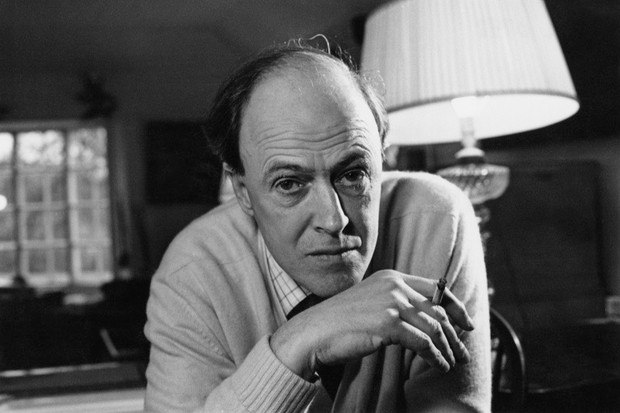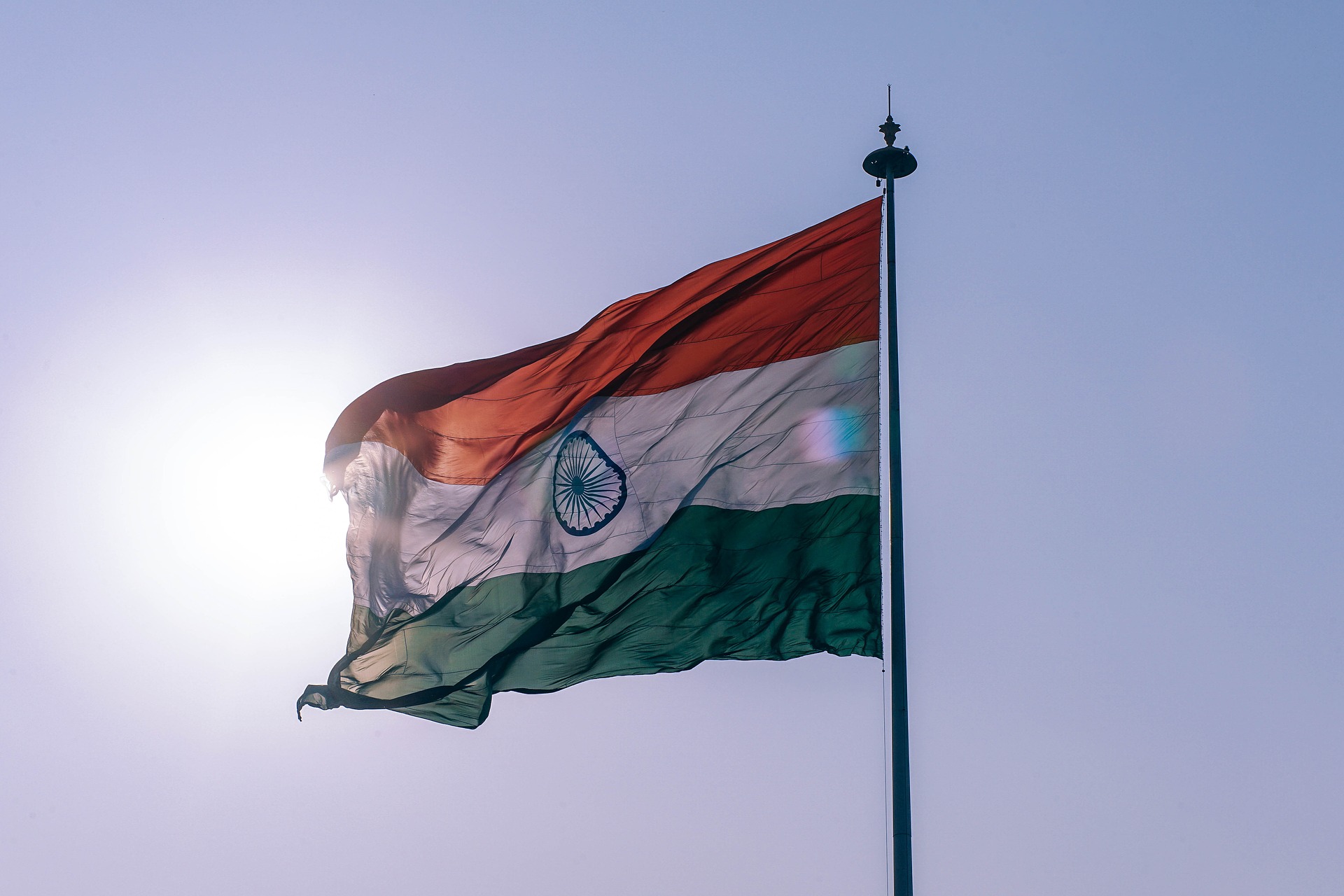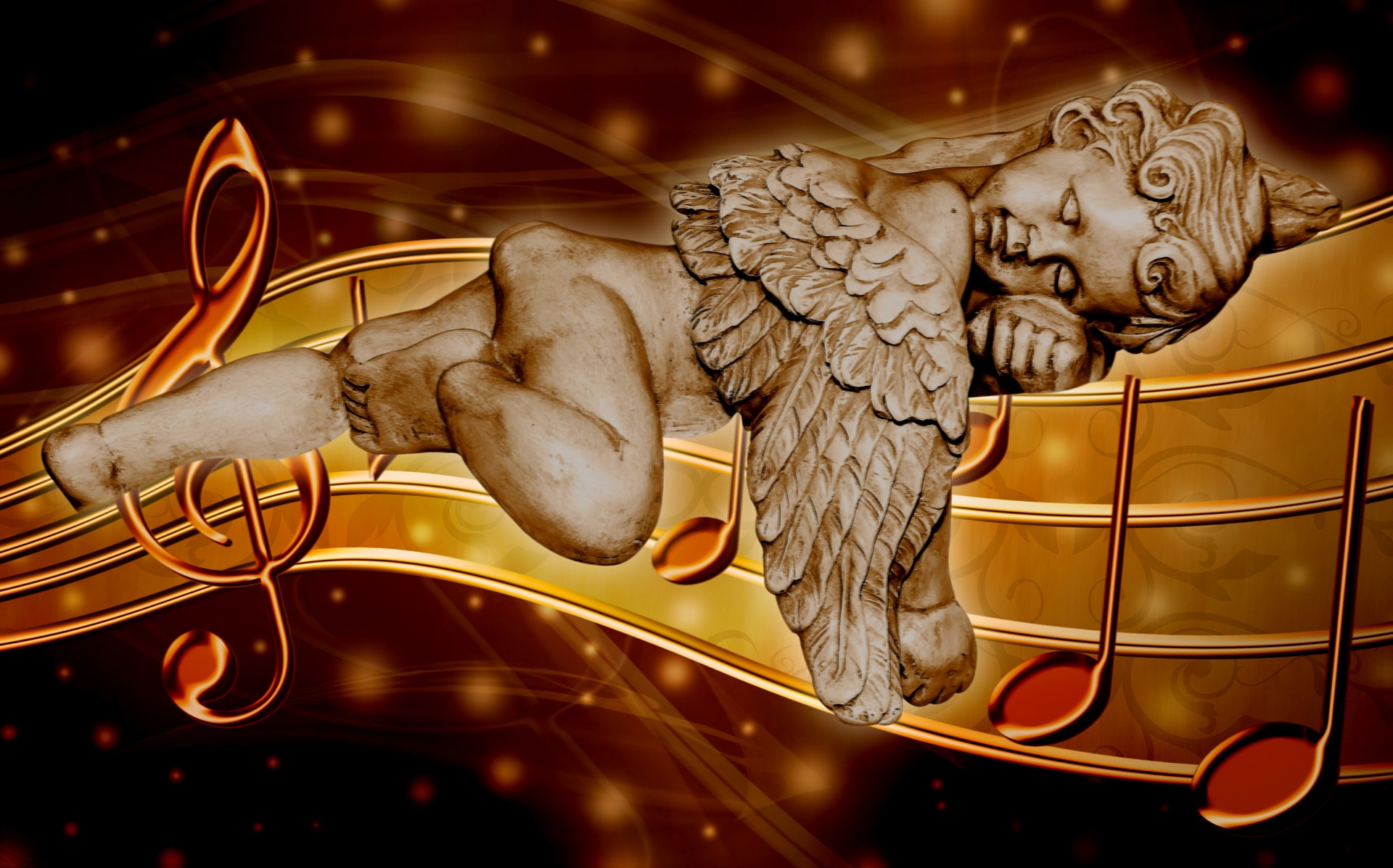This short Chinese Statute summary briefly delineates the plotline of the story. The story begins in Sotheby’s auction house, where a Chinese statue belonging to an aristocrat is put under the hammer. Upon delving more profound, the narrator of the story discovers that the figure was acquired by Sir Alexander Heathcote in the village of Ha Li Chaun during one of the trips he took into the Chinese country to explore his love for Chinese art, in particular art that belonged to the Ming dynasty. The statue was acquired from an old nondescript craftsman. The figure had just been shown to Sir Alexander when the craftsman discovered his interest in the Ming dynasty. However, since Chinese traditions dictated that the host must part with anything a guest desires, the craftsman had to part with the statue. Since Sir Alexander himself was an exact man, he repaid the craftsman in full, building for him a nice house in the hills where he could retire.
Sir Alexander, in his will, wrote that the statue must be passed on to the firstborn of each heir and should only be sold when the family name was in peril. After Sir Alexander Heathcote, the statue traveled into the custody of his son, Major James Heathcote, who displayed it amongst his trophies at his regiment Halifax. From Major James Heathcote’s table, the statue was then placed in the bishop’s house, where the next heir, Right Revered, resided. Then the statue again found its way back to Halifax for the next heir, Captain James, who also worked for the army. However, Captain James lost his life untimely, and the statue was passed on to his two-year-old son, Alex. Alex, spoilt by his mother from a young age, did not have the same regard for the statue as his ancestors did. And so, when he gambled away all his money at roulette and got a threatening call from his creditors, he decided to auction away the statue to pay his debts.
When Alex carried the statue to Sotheby, he was informed later that the statue was a counterfeit and was only worth a fraction of what he owed his creditors. However, Alex’s stars were aligned, for the base of the statue – something that the old craftsman had put in place for the original statue was without a base – was an artifact that was worth a fortune. The narrator of the story then became the next owner of the statue, buying it for seven hundred and twenty guineas. In contrast, the base was auctioned off to another American gentleman for twenty-two thousand guineas.
The Chinese Statue: Summary
This Chinese statute summary explains in detail the events taking place in the story.
The starting scene of the story is set at Sotheby’s, an auction house of considerable repute, where a Chinese porcelain statue is going under the hammer, labeled as ‘Lot 103’. The fact sheet made available with the figure revealed that it was purchased in Ha Li Chuan in 1871 and that it was the ‘property of a gentleman’ – something which was usually written to avoid disclosing the name of the aristocrat who was having to sell off a family heirloom. This intrigues the narrator, who decides to delve deeper into the statue’s history to discover how it found its way under an auctioneer’s hammer.
The first owner of the statue was Sir Alexander Heathcote – a punctual and exact man. As a General’s son, he lived his day following a strict routine in which even the items in his breakfast were pre-decided. Sir Alexander chose to serve the queen as a diplomat. He started his tenure with a shared desk at a foreign office and steadily worked his way up the ladder through various ranks to represent Her Highness in Peking. This appointment was a matter of great joy for Sir Alexander, not only due to its diplomatic grandeur but because he was an avid follower of the Chinese art of the Ming dynasty. His appointment in Peking meant that he could observe the statues that he had adored in books in their real habitat.
As Sir Alexander’s ministerial appointment was only for three years, he did not take any leave and traveled on his horseback to various districts in order to learn more about the country and its people. It was during one such trip to the Ha Li Chuan village that Sir Alexander chanced upon an old craftsman’s workshop, which was crammed from ceiling to floor with pieces of ivory and jade. The ordinary old craftsman was informed by the Mandarin interpreter of the diplomat’s interest in Chinese art, and he gladly assented to Sir Alexander viewing the artifacts in his humble workshop. Sir Alexander feasted his eyes on the magnificent artifacts and then praised the craftsman on his skills. Upon discovering that Sir Alexander had a particular interest in artifacts from the Ming Dynasty, the craftsman brought to the diplomat a piece of Ming that had been in his family for over seven generations. With enthralled eyes, Sir Alexander studied the six-inch statue of Emperor Kung – the fine making of which made Sir Alexander certain that the maker of the same must have been Pen Q; hence, the statue could be dated back to the 15th century.
Unable to contain his wonder upon seeing a fine sample of Ming art, Sir Alexander uttered the words, “How I wish the piece of mine.” As it was Chinese tradition to part with whatever a guest wished for, the old craftsman, with a heavy heart, had to give away the statue to Sir Alexander, despite him assuring the craftsman that he was only joking. As the statue was without a base, the craftsman picked one that fit the figure perfectly and presented the finished piece to the diplomat.
Guilt haunted Sir Alexander, but it was soon put to rest when his interpreter informed him of the Chinese tradition that made it imperative for the recipient of the gift to pay back the favor within the year. Upon research, Sir Alexander discovered that the statue’s worth amounted to his three years’ salary. However, he and his wife decided that the sum must be paid back to the humble craftsman, and Sir Alexander had the amount withdrawn from his bank in London. Sir Alexander had also found that the old craftsman wished to retire in the hills. And hence, in order to pay back the craftsman, the diplomat built for him a small white house in the hills. He also had the gift sanctioned by the empress herself so that the craftsman could accept it, for it was forbidden for natives to get donations from foreigners. The craftsman bought the present with no joy, and the debt between the two was settled.
Sir Alexander spent his final years in his ancestral home in Yorkshire with his wife and the Chinese statue, which was admired by his guests. Being an exact man, he also left detailed instructions on how the statue was to be passed on through generations. It was to be given to the firstborn of each heir and was not to be sold until the family name was in peril.
Upon Sir Alexander’s death, the custody of the statue went to his first son, Major James Heathcote, who displayed the statue in the Regiment’s mess in Halifax. And when he became the Colonel, the statue adorned his table next to all his trophies for guests to admire. The figure was then passed to the Colonel’s son, Reverend Alexander Heathcote, who placed the statue in his vicarage. However, it was only when the Reverend became Right Reverend and the statue was moved to the Bishop’s house, that it met the correct admirers who knew how to value his great grandfather’s patronage of Ming Art.
Upon the death of the Right Reverend, the statue found its way back to Halifax, where his son and the next heir of the statue, Captain James Heathcote, was stationed. Sadly, Captain James lost his life on the battlefields of Dirkirk, and the statue then fell into the hands of his two-year-old son Alex. Alex grew up to be a spoiled brat, for his mother had spent her life lavishing on him to overcompensate for the loss of his father at a young age.
Alex was a disaster in school, and he had to leave in order to avoid getting expelled. He could not hold down any job and eventually decided to make his money by playing roulette. Alex lost a great deal of money while devising such a system for playing roulette that would make it impossible to fail. However, all his systems failed, and in the end, he received a stern call from his creditors, demanding that he pay eight thousand pounds, failing which bodily harm would fall on him. It was at this point when the family name was finally in peril, that Alex decided to sell his heirloom – the Chinese statue that his ancestors had displayed with great pride.
Alex took the statue to Sotheby’s, where the experts revealed that the statue was, in fact, a counterfeit, no more than 250 years old, amounting to only eight hundred pounds at most – a fraction of what Alex owed to his creditors. However, not all was lost, for the base of the statue, which nobody had ever paid much regard to, turned out to be a veritable artifact. The statue was bought by the narrator for seven hundred and twenty guineas, whereas the base was bought by an American gentleman for a whopping twenty-thousand guinea.
The Chinese Statue: Analysis and In-Depth Explanation
In this Chinese Statue analysis, we will engage with the story at a deeper level.
The Chinese Statue by Jeffery Archer, which was published in his short story anthology, A Quiver Full of Arrows, centers around the life of a statue – from its acquisition to its fate at the Sotheby auction house.
The plot of the story follows the structure of a story within a story. The main story, which takes place in London, takes place in the present time, where Alex, a gambler, is doing away with a prized family heirloom in order to pay money to his creditors. Currently, we find out that the statue is a fake and that it is actually its nondescript base, which was attached to the statue much later, which is of huge value as an artifact. The ‘story’ within the story delineates how the statue was actually acquired and the number of heirs it was passed down to. This parallel story takes place in 1871, in the Peking of old times. It was in that year that Alexander Heathcote came into the possession of the statue, merely due to a Chinese tradition that dictated that the host must part with anything that a guest desires. Sir Alexander, on one of his trips around Peking, had casually wondered aloud to a craftsman that he wished to acquire the Ming artifact that belonged to him. And at once, the craftsman had parted with the statue. Sir Alexander had then paid back the craftsman handsomely by building him a house in the hills, in keeping with the Chinese tradition that made it imperative for the recipient to pay back the host in equal measure. The statue then enjoyed a privileged place in regiments’ mess and even at a bishop’s house, passed on from one heir to the next, until Alex auctioned it off. It is by contrasting these two parallel stories in the plot that we understand how tradition slowly lost its value with time. Once, the practice was so important to the Heathcote family that Sir Alexander parted with three years’ worth of salary to repay the craftsman. On the other hand, the same tradition held such little value in the same family that the prized statue was auctioned off in order to pay for some gambling. This degeneration of tradition is one of the first vital aspects of the short story.
Although narrated in the first person point of view, the short story follows the narrative technique akin to the omniscient narrator’s point of view. The narrator is one of the bidders at the auction house, and it is to him that the Chinese statue goes. Dissatisfied by the meagreness of the details that came in the fact sheet attached to the artifact, the narrator does his own research to find more about the statue. It is then that this narrator takes on the role of the omniscient narrator and reveals to us the history of the Chinese statue, narrating details that ordinarily he was not supposed to possess. It is through this narrative technique and the narrator that Jeffery Archer seamlessly moves between the past and the present, creating an engaging narrative.
The writing style of Archer is fluid and simple yet attractive. There are no superfluous descriptions or flowery sentences. Archer uses descriptions economically to serve the purpose they are intended for. The main attraction point of his writing is the way he handles the plot and the twist that readers find out at the end of the story, i.e., the statue had been fake all along, and it was the nondescript base, which no one would have guessed to be of value, which was an actual artifact.
The Chinese Statue: Character Analysis
The main characters in the short story are Sir Alexander Heathcote, the craftsman, and Alex.
Sir Alexander Heathcote was an exact man who greatly respected routine and traditions. He was a man of fine taste and held a deep passion for Chinese art from the Ming dynasty – a love that made him pay a great price for a statue that he thought was caused by Pen Q himself. Alex is the diametric opposite of his great ancestor. He lacked the refined taste and cultural capital that his ancestors had and instead invested his life energy into gambling as a means to earn his living. In this Chinese Statue character analysis, we will study how the opposing characters of Sir Alexander and his great great great grandson show the loss of tradition that happened over time.
Sir Alexander was a man of noble principles. When a humble craftsman had to do away with a statue he held dear only because Sir Alexander casually professed that he wanted it, then great guilt haunted his heart. This is because he knew that the craftsman had only parted with the statue because his Chinese traditions compelled him to do so, i.e., part with anything a guest desires. However, when Sir Alexander finally found out that the same tradition dictated that he pay back the giver in equal measure, Sir Alexander left no stone unturned to compensate the craftsman. He not only withdrew from his bank three years’ worth of his salary but also built a house with that money for the craftsman. This showed that Sir Alexander was not just a patron of the arts but held principles and traditions of great value. His heir Alex then comes as a surprise in contrast. The remorse that he felt upon losing the Chinese statue lasted only a few moments, after which he did away with the statue at an auction house, despite the fact that his family had guarded that family heirloom for years. For Alex, the tradition was of no real value, and all he cared for was money to gamble at roulette. It was at the hands of this heir that the great family heirloom was auctioned off, and with it, a great family tradition was buried.
The character of the craftsman is a sketchy one. We have no way of knowing for certain if the craftsman knew whether the statue he was giving to Sir Alexander was a genuine one. However, since it was revealed later that the figure was only two hundred and fifty years old, one wonders whether the craftsman actually tricked Sir Alexander by passing off a counterfeit as the real deal.
The Chinese Statue: Themes
“The Chinese Statue” themes comprise appearance versus reality and love for customs and traditions.
The six-inch statue, at the center of the story’s action, is believed to be a fine piece of art from the Ming Dynasty, created by Pen Q himself during the fifteenth century. It was the appearance of the statue that fooled Sir Alexander into believing, without any inquiry or research, that the artifact was indeed an original. In fact, he even paid the craftsman he had acquired the statue from a handsome gift of a lovely house, the amount of which equaled three years of his salary. However, appearances can be deceiving – something we learn towards the end of the story. When Sir Alexander’s heir Alex takes the statue to Sotheby’s, we find out that it was, in fact, a counterfeit, not more than two fifty years of age.
Love for customs and traditions forms the next important theme of this story. It was solely due to the rule that a host cannot say no to a guest that Sir Alexander acquired the statue in the first place. And it was tradition itself that made it imperative for Sir Alexander to repay the craftsman in equal measure. This makes us realize how strong adherence to rules and moral codes was during the olden days. However, we see the same love for tradition and custom decline in the present time, as the last heir of the statue, Alex, does away with the figure to pay for his gambling. It was the Heathcote family tradition to pass down the sculpture to the firstborn of every heir – something that died with Alex to support his extravagant lifestyle and gambling.
Conclusion
“The Chinese Statue” by Jeffery Archer is an intriguing short story revolving around a statue that was believed to be a fine specimen of Ming art but was later declared counterfeit. It is indeed funny how the first owner of the statue, Sir Alexander Heathcote, made no attempts to ascertain the genuinity of the figure, and the exact figure was cherished as a rare artifact for generations after him. What is more surprising is how it was the base of the statue that ended up being the actual artifact – something that had been ignored all along, for it looked nondescript in comparison to the figure it held in place. This makes us question the disparity there is between appearance and reality. What sometimes appears valuable at the outset is of no value, in fact, and sometimes, what is deemed of little importance ends up being practical. The twist at the end of the short story effectively drives this point home.
This post was updated by Anjali Roongta on 7th April 2023
Some online learning platforms provide certifications, while others are designed to simply grow your skills in your personal and professional life. Including Masterclass and Coursera, here are our recommendations for the best online learning platforms you can sign up for today.
The 7 Best Online Learning Platforms of 2022
- Best Overall: Coursera
- Best for Niche Topics: Udemy
- Best for Creative Fields: Skillshare
- Best for Celebrity Lessons: MasterClass
- Best for STEM: EdX
- Best for Career Building: Udacity
- Best for Data Learning: Pluralsight













